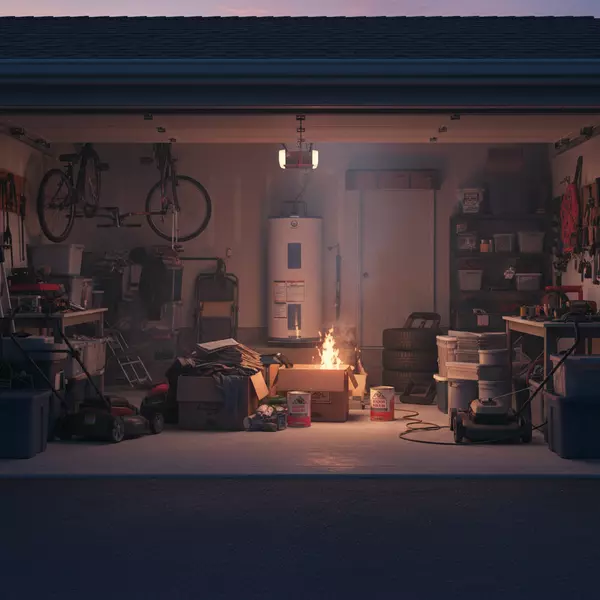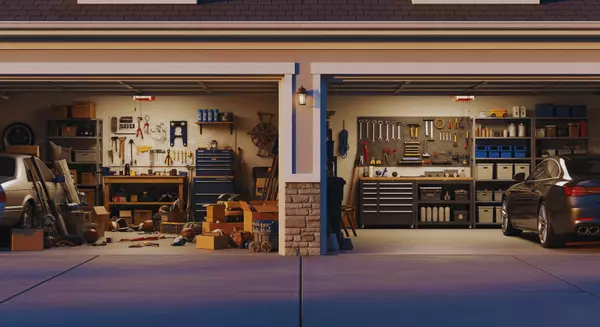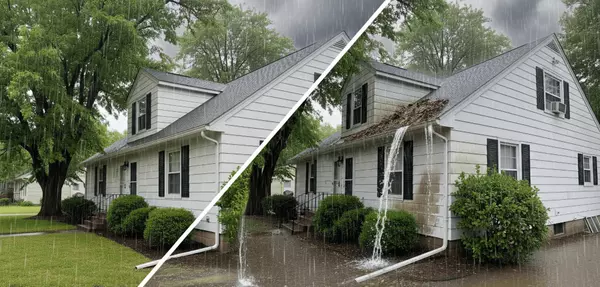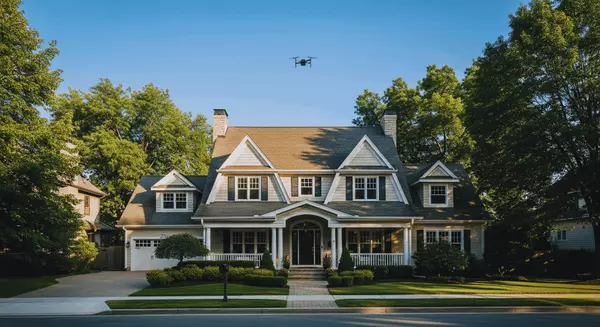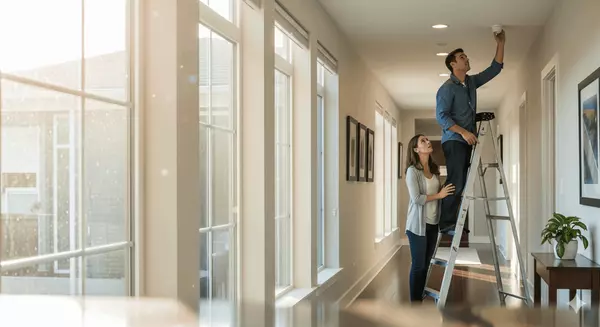What Your Insurance Company Sees from the Sky: Why A Quick Roof Check Matters
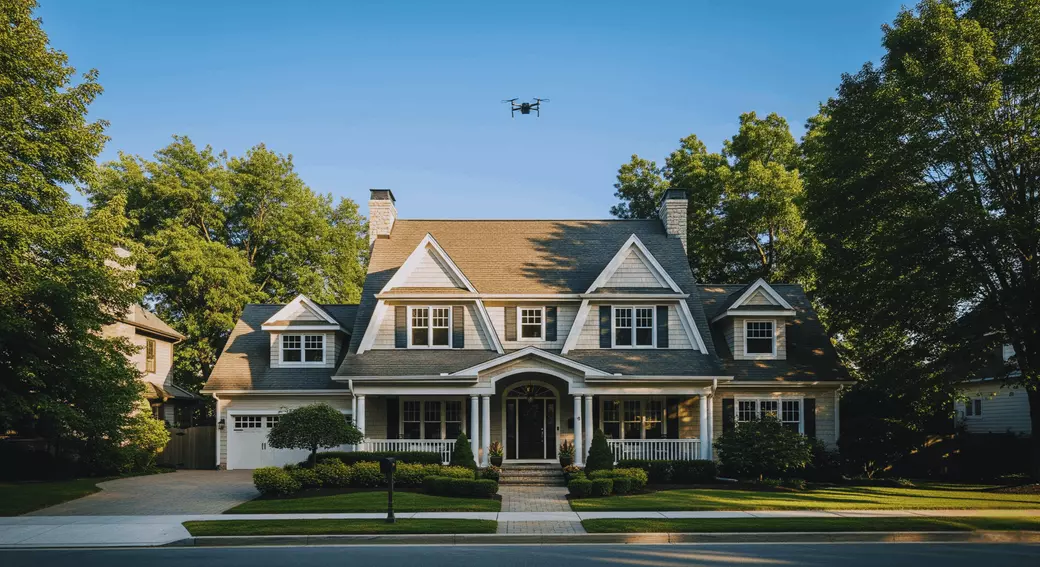
Yes, it’s happening more and more. Carriers are using aerial photos to decide whether your roof looks healthy—or whether it’s a liability. I’ve seen homeowners blindsided with non-renewals over things they didn’t even know were issues.
The truth is: a $300 fix today can save you from a $15,000 nightmare later.
Why Insurers Are Looking Down On Us (Literally)
Drones and satellite images give insurers a bird’s-eye view of your roof. They can spot:
- Missing shingles or cracked flashing
- Tree branches scraping against the roof
- Sagging areas that might mean leaks inside
- Aging shingles starting to fail
If they see something concerning, it can affect whether your policy gets renewed—or at the very least, how much you’ll pay. That’s why I encourage homeowners to get ahead of the review. You don’t want your first “roof report” to come from your insurer.
Quick Maintenance that Protects your Home (And Your Policy)
Roof care doesn’t have to be overwhelming. A lot of it comes down to small steps that take less than ten minutes:
- ✅ Reseal flashing around chimneys, vents, skylights, and solar mounts
- ✅ Replace cracked vent boots and secure ridge caps
- ✅ Clear gutters and downspouts so water flows away from your foundation
- ✅ Trim overhanging branches before they damage shingles
- ✅ Keep an eye on excess granules in gutters (a sign shingles are wearing out)
- ✅ Snap a few date-stamped photos after you finish—your best proof if coverage questions ever come up
I know it’s tempting to skip “invisible” work like this, but insurers notice. And so do water stains when they start creeping across a ceiling.
DIY or Call in a Pro?
Here’s how I break it down:
Good for DIY:
- A quick binocular scan from the ground after a storm
- Checking the attic for stains, musty odors, or beams of daylight
- Keeping a simple photo log over time
Better for a Pro:
- Curling or missing shingles
- Damaged flashing or sagging areas
- Multi-story or steep roofs
- Storm, wind, or hail impact
- Drone inspections (many roofers now offer these—same perspective insurers use, but on your terms)
Pro Tip: If climbing up there makes you nervous, it’s probably time to let a pro handle it. Don’t risk an injury.
A quick California Reminder About Contractors
Starting January 1, 2025, California homeowners need to pay close attention to licensing. Any job that totals $1,000 or more (labor + materials) requires a CSLB license. If permits are required or workers are involved, a license is required no matter the price.
Before hiring, always:
- Double-check their license on the CSLB website
- Verify insurance coverage
- Confirm requirements if you’re outside California (rules vary by state)
It takes a few extra minutes, but it can protect you from huge headaches later.
Why this Matters
Many roofers are already using drones to map out repairs, so why not use the same tools your insurer does—before they do? Getting ahead of the aerial review means fewer surprises, lower risk, and a stronger case if you ever need to file a claim.
Your Next Step
Here’s my challenge for you: take ten minutes this week to look at your roof. Grab binoculars, peek in the attic, or scroll through old photos to see if anything looks different. Even one small check is better than waiting for a denial letter.
Remember, I bring a risk-management lens to real estate for a reason: my goal isn’t just to help you buy or sell a house—it’s to protect what matters most along the way: your time, your money, and your peace of mind.
General information only—policies and requirements vary by carrier and location; not legal or insurance advice.
Categories
Recent Posts
